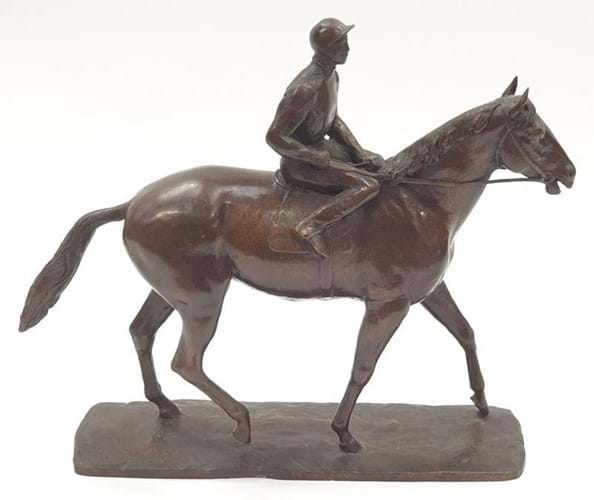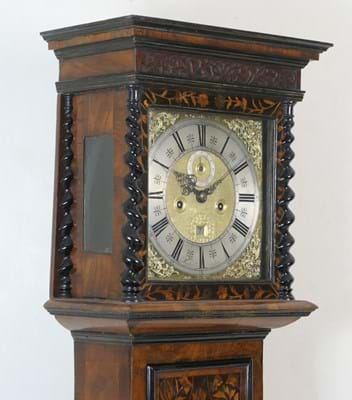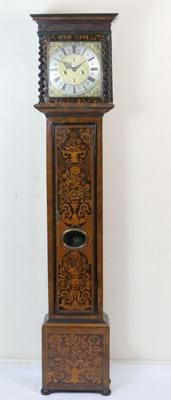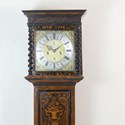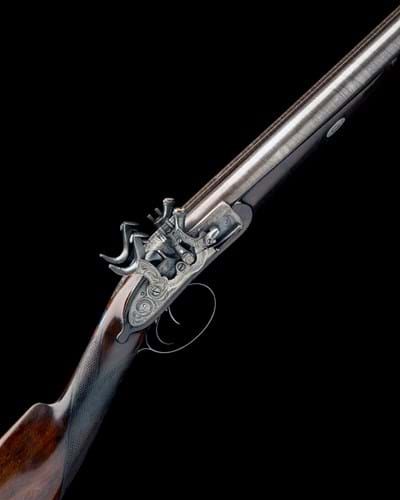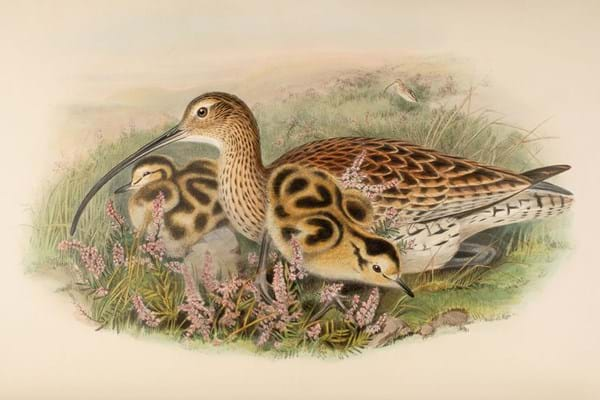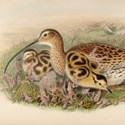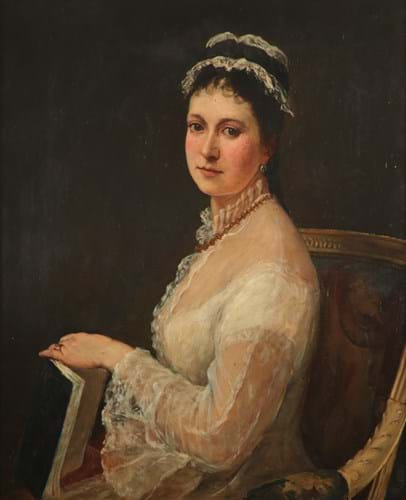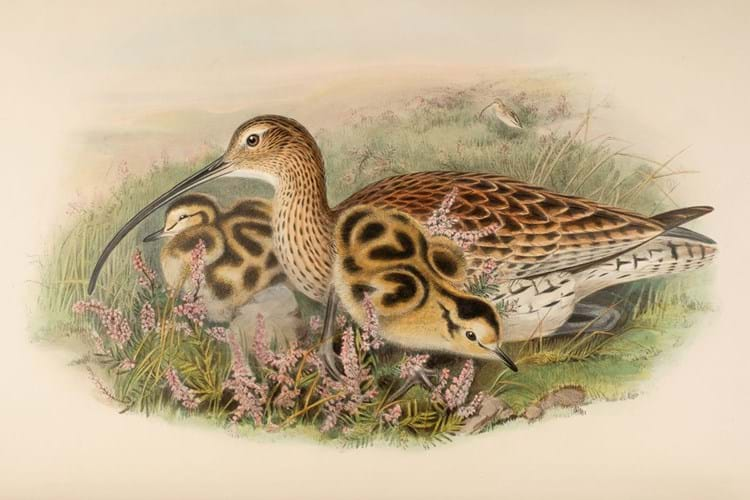
1. John Skeaping bronze – £7200
Just sometimes it doesn’t always pay to catalogue with great accuracy. The suggestion that an auctioneer might have overlooked a gem will generate the sort of fevered competition that can be missing when an estimate and description are correct.
Consider the performance of this bronze equestrian group offered for sale by Cottees in Poole on September 11 as ‘Bronze racehorse and jockey trophy 30 cm high, estimate £50-80’.
As alluded to by a photograph of the signature, this 12in (30cm) piece is a relatively late work by John Skeaping (1901-80) titled Trophy York Bronze and dated 1977. The exact number of casts is unknown but one of this edition was exhibited at the Royal Academy in 1978 where it was stated they were cast by Wally Livingstone.
A couple have sold at UK regional sales in recent years: one made £980 at SAS in Newbury in 2013 and another sold for £3800 at Woolley & Wallis of Salisbury in June 2018.
Despite its low-key billing, the example in Dorset made considerably more than both, selling at £7200.
2. Joseph Williams longcase clock – £17,000
This textbook William and Mary longcase clock is from the workshop of Joseph Windmills, one of the finest clockmakers in late 17th century London. He joined the Clockmaker's Company as a freeman on September 29, 1671 in very good company – Joseph Knibb, Daniel Quare and Thomas Tompion also gained their freedom of the Company in the same year – and practised his trade for 52 years.
His work and that of his son is comprehensively documented in the book Joseph and Thomas Windmills: Clock and Watch Makers 1671-1737 by JA Neale published in 1999.
This handsome longcase c.1695 with walnut and marquetry case with lenticle to the trunk houses an eight-day, six-pillar movement striking on a bell. It is signed to both the movement and the 11in (27cm) brass dial with subsidiary seconds and date aperture.
It came for sale at Byrne’s in Chester on September 9 with an estimate of £8000-12,000 and performed a little better, selling at £17,000.
3. Sporting gun with Keith Neal provenance – £20,000
William Keith Neal (1905-90) was the most dedicated collector of antique firearms of the last century. As noted in the Christie’s 2000 catalogue of much of the collection: “Louis XIII, probably the greatest ever gun collector, is known to have developed an interest by the age of 10. Keith Neal used to demand to be taken to look at old cannon at Deal Castle when he was still in his pram.”
After 1950, Bishopstrow, his Regency house near Warminster, provided the setting for a magnificent antique gun collection and a centre of learning where a series of standard reference works on British firearms were produced in collaboration with Major David Back.
Because he owned the best, a Keith Neal provenance carries a certain cache with collectors. Holts’ sale in Wolferton, Norfolk on September 7 included this superb cased double-barrelled sporting gun by the Birmingham gunsmith and Bond Street retailer Wesley Richards. It has the serial number 2655/382 for 1833 and the flint, self-priming percussion locks with swept rain-proof pans that were one of Richards’ many innovative patents.
Bearing its Keith Neal collection medallion numbered 'C214', it improved on the guide of £10,000-15,000 to sell at £20,000.
4. Complete set of Gould’s Birds of Britain – £51,000
The most popular of the dozen or so publications by the ornithologist and bird artist John Gould (1804-81) is Birds of Great Britain.
Working with a number of artists, he published the book himself in London in 25 parts between 1863-73. Each set contained 367 coloured lithographs. In the introduction for the work Gould states: “Every sky with its varied tints and every feather of each bird were coloured by hand; and when it is considered that nearly two hundred and eighty thousand illustrations in the present work [a reference to the total number of plates across all the copies he published] have been so treated, it will most likely cause some astonishment to those who give the subject a thought.”
A complete set formed part of the David Wilson library of national history books offered by Dominic Winter in South Cerney on September 9. Bound in five volumes as contemporary gilt and purple-brown morocco it carried the armorial bookplate, probably for the Victorian publisher and philanthropist (1816-87). Described as a superb set, it surpassed its £15,000-25,000 estimate to bring £51,000.
5. Louise Jopling portrait – £9000
This mid-Victorian portrait signed with monogram and dated 1877 by Louise Jopling (1843-1933) depicts Annie Eliot Yorke (1844-1926). Born Annie de Rothschild, she was the daughter of Sir Anthony and Lady Louise de Rothschild who commissioned the portrait to hang at their home Aston Clinton House in Buckinghamshire.
Jopling had painted Annie’s sister Constance de Rothschild (1843-1931) the previous year and was engaged to paint this work as a pair. As Jopling wrote to her husband: “I have got an order!!! To paint Mrs Eliot Yorke's portrait to hang as a pendant to Connie’s at Aston Clinton.”
This 2ft 6in x 2ft 1in (76 x 64cm) oil on canvas, shown at the Royal Academy in 1878, is recorded in Patricia de Montfort's catalogue of Louise Jopling's work, which is currently being compiled.
It came for sale at Woolley & Wallis in Salisbury on September 8 as part of a consignment from the Trustees of Exbury House, former home of Lionel de Rothschild (1882-1942) and Edmund de Rothschild (1916-2009). It was estimated at £300-500 but sold at £9000 – among the highest prices paid for one of Jopling’s ‘society’ portraits.
Jopling’s first husband was Francis Romer, a civil servant who became secretary to Baron Nathaniel de Rothschild. Even though her husband was sacked because of his compulsive gambling, Louise Jopling remained on good terms with the family painting several Rothschild portraits.


